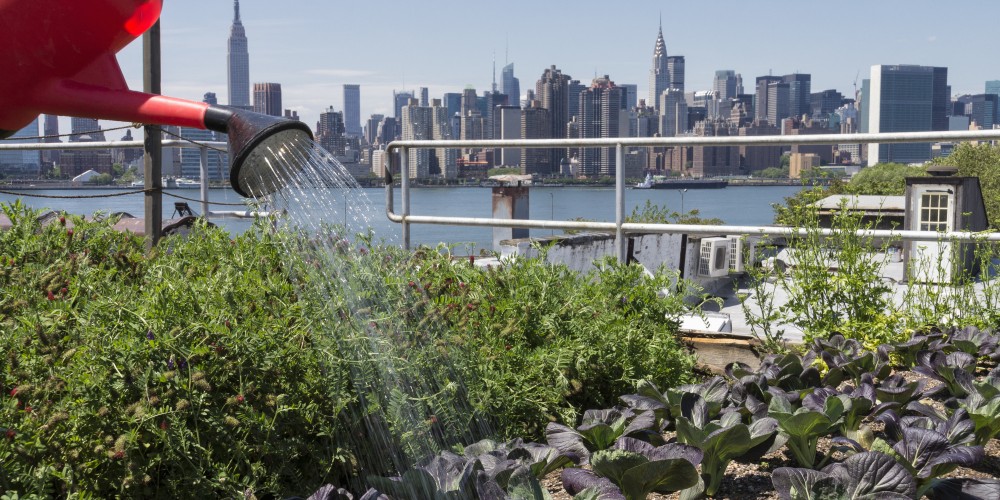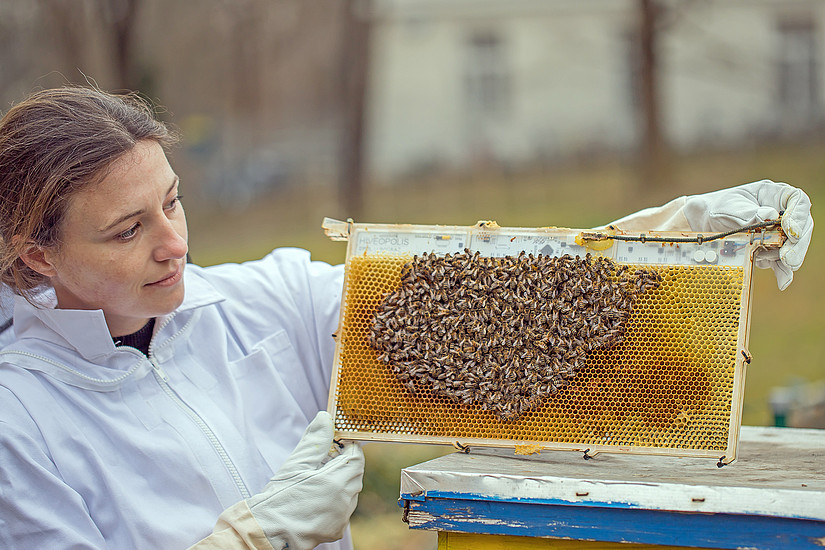Many people grow their own herbs or tomatoes on windowsills or flowers on fire escapes and derive a lot of pleasure from tending to living plants that they might eventually eat. But what about going a step further and cultivating plants for local markets for profit?
Self-Sufficient Mini Farming on 1/4 Acre
The fact is that most families could become self-sufficient, producing all the food they need, by planting just 1/4 acre of land as a mini-farm.
IndustryTap has reported on new urban farming technology, vertical farming factories, how a data-driven approach is improving urban farming yields, and the largest vertical farm in the world. People are searching for alternatives to big agriculture despite claims that synthetic fertilizers and modern production techniques are needed to feed the world’s growing population.
Urban Green Thumbs Getting Their Hands Dirty
Large cities like Seoul, South Korea or Brooklyn, New York, are building urban sky farms to grow and distribute locally grown food. Today, cities are being conceptualized as “cyber-physical territorial ecosystems” made up of a variety of interdependent urban systems that can benefit greatly from sustainable land use, interconnected information and infrastructure, and a responsive and intelligent government.
“The Urban Farmer: Growing Food for Proft” is a recent manual explaining how the availability of 40 million acres of lawns in North America could be a farming resource. Instead of obtaining expensive farmland, many average homeowners, whether novices or experts, could transform unproductive grass lawns into financial and environmental assets. As long as these farmers can identify and grow high-yield, high-value crops, a market will exist. What’s more, both rural, suburban and local farming can be undertaken with a low capital investment and low overhead costs with no need for expensive infrastructure.
Easy Access to Markets
When growing fresh crops in urban areas, harvested fruits and vegetables often have just a few city blocks to travel from field to table. With plentiful online resources, prospective urban farmers can use sophisticated farm management software and practical blueprints to get up and running quickly to ensure the processes of preparing the land (or rooftop), planting and nurturing crops, and harvesting are done right. A would-be farmer must find or turn his or her land into the perfect site, landscape the land, and cultivate crops.
The following video interviews urban farmers taking part in urban agroecology:







